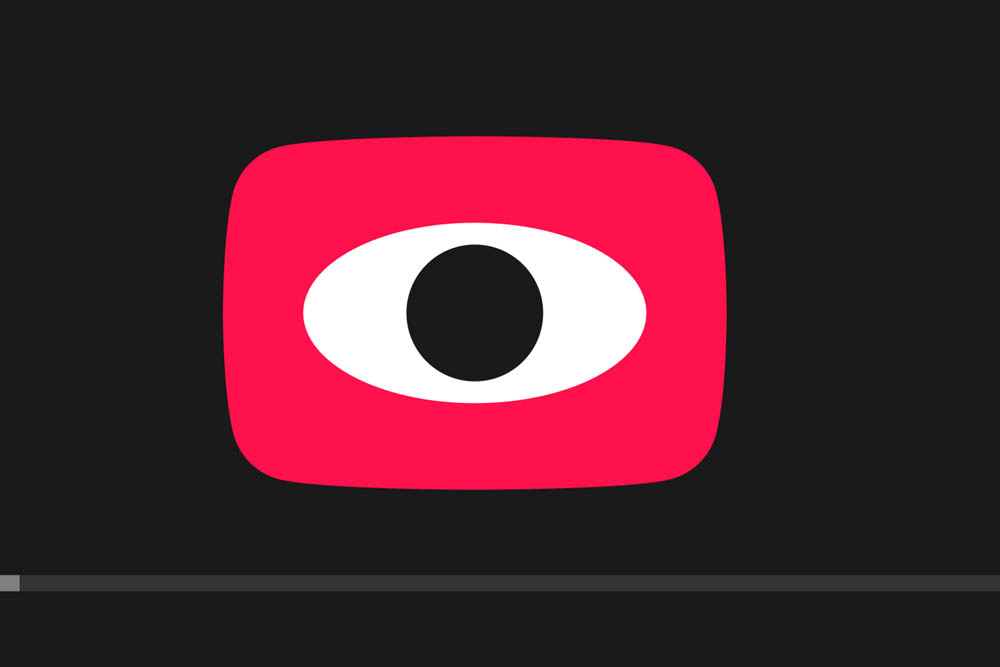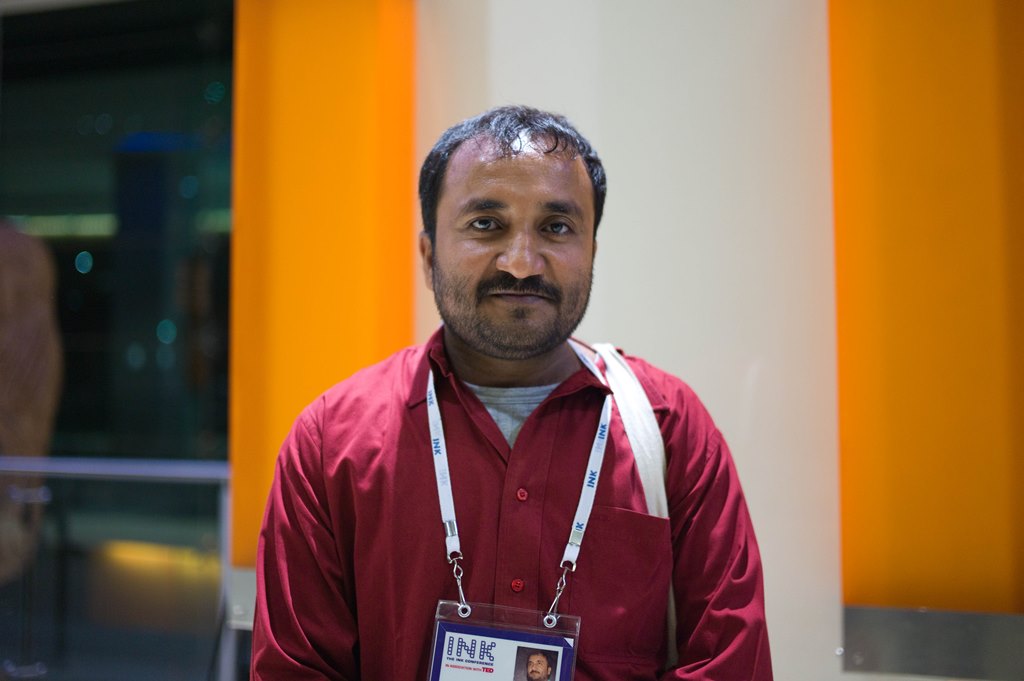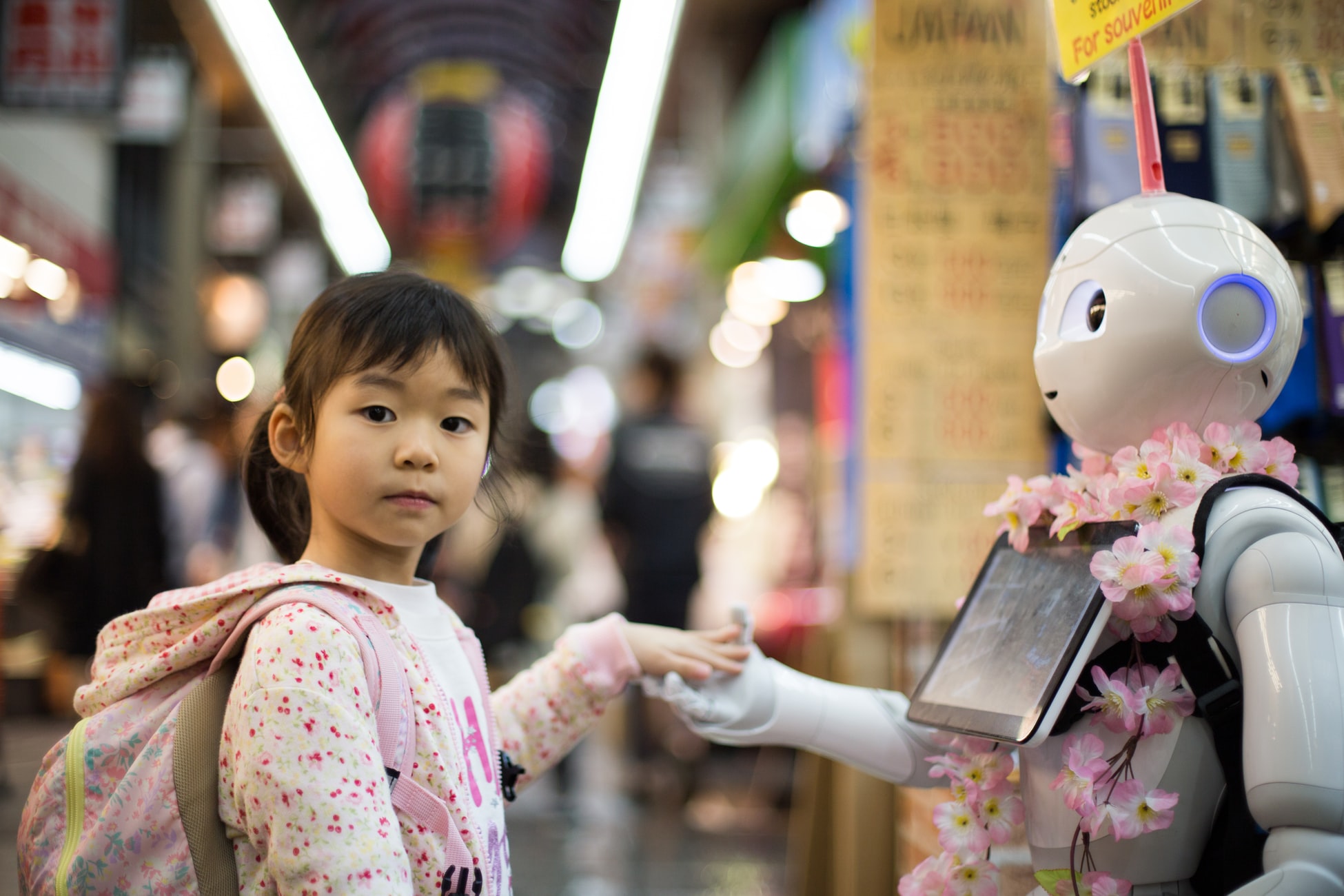Early 2019, Youtube executive members were facing this profound question to its platform – should the content that goes through its system be controlled and moderated?
Freedom of expression and people’s rights to be on grounded neutrality are beginning to shift from the issues that it faced recently.
The YouTube CEO, Susan Wojcicki, remarked that for this problem to be resolved, she has two goals conflicting with each other.
It is to avoid ideological bias while taking into consideration the company’s values.
For this reason, a new policy has been drafted which states that videos which show historical “denialism” and have ”supremacist” views will be banned.
Tech companies hired thousands to take on and make sure about the subtle implications of speech. YouTube also take into account hiring anonymous “raters” to evaluate video contents and make adjustments to its suggestion system.
However, the flood of posts that expressed doubt on the effectiveness of these “human filters” was massive. This resulted in YouTube moderators having chronic mental health issues.
To help fix the issue, Google and Facebook have now taken the role “Censors-in-Chief.” These tech companies strive to regulate and sift through the contents regarding societal norms such as teens being exposed to graphic images like the Holocaust.
As Youtube has put it, both will act as to safeguard the members of “Protected Classes” against slandering and defamation.
Technological solutions became the apparent way to deal with it. But with the new copyright directive in a place called YouTube’s Content ID system, content creators will have to face a tech which automatically deletes and apply restricted age requirements to the suspected video content which may result to “shock or disgust viewers.”
The problem that makes this tool worrying is how it will be implemented to the system since it hasn’t been properly used before.
YouTube is focused to sift through its videos that have similar content which may violate the rules. With the Content ID system, the security will be airtight that even live streams will be on close watch.
Khan Academy is one of the leading digital education platforms and it also uses YouTube as a way to reach its 4.9 million subscribers.
What makes Khan Academy different is it uses the element of interaction with entertainment that students may not experience in a classroom.
But with the Content ID system, YouTube may as well go through not only news video channels, but also the educational content channels as with other lifestyle categories.
Copyright issues and social conflicts are now taking place but YouTube is determined to pull out the root by using the new tech tool. However, there may be an underlying complication hidden among these possibilities that could affect the entire digital social network.
Youtube an educational tool – should it be controlled?







